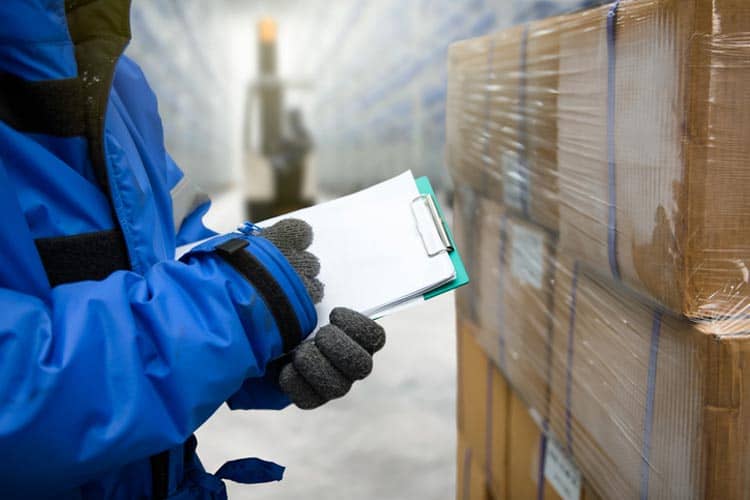So, how can you develop effective safety procedures in the workplace? Well, the first step is to assess the potential hazards in your workplace. This involves identifying any possible dangers that could harm your employees, such as chemical spills, heavy machinery, or slippery floors.
Once you’ve identified the potential hazards, you need to create a plan to mitigate them. This plan should include safety procedures that outline how to prevent accidents, as well as what to do if an accident does occur. It’s important to involve your employees in the development of these procedures, as they are the ones who will be carrying them out.
One effective strategy is to appoint a safety officer or safety committee to oversee safety compliance in the workplace. This person or team should be responsible for implementing safety procedures, conducting safety training, and monitoring safety compliance.
In addition to creating safety procedures, you also need to provide safety training to your employees. This training should cover topics such as proper equipment use, emergency procedures, and how to identify potential hazards. It’s important to make this training a regular part of your workplace culture, rather than just a one-time event.
Another important aspect of safety compliance is the use of personal protective equipment (PPE). Depending on your industry, this could include hard hats, safety goggles, gloves, or respiratory protection. It’s important to provide your employees with the appropriate PPE and ensure that they are using it correctly.
It’s also a good idea to conduct regular safety audits to ensure that your safety procedures are being followed and that your workplace is safe. This involves inspecting the workplace for potential hazards and ensuring that safety procedures are being implemented correctly.
In addition to these strategies, it’s also important to create a culture of safety in the workplace. This means making safety a top priority and encouraging employees to report any potential hazards or safety concerns. It’s also important to recognise and reward employees who prioritise safety in their work.
Ultimately, creating a safety compliance strategy requires a commitment to making safety a top priority in your workplace. By identifying potential hazards, creating safety procedures, providing training, and fostering a culture of safety, you can help to ensure that your workplace is a safe and healthy environment for all employees.
So, there you have it, folks. Developing an effective safety compliance strategy takes time and effort, but it’s essential for keeping your employees safe and ensuring that your workplace is in compliance with legal requirements. Remember, safety should always be a top priority, and by following these strategies, you can help to create a safer and healthier workplace for everyone.
Cheers,

![]()






